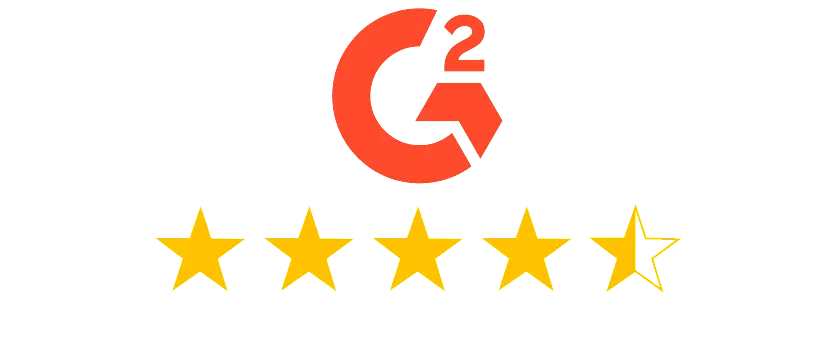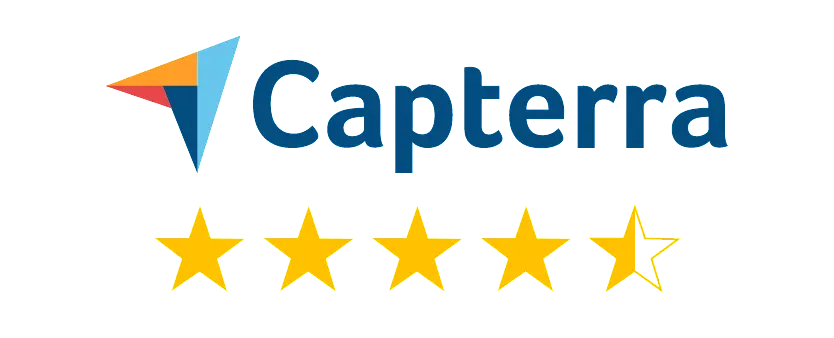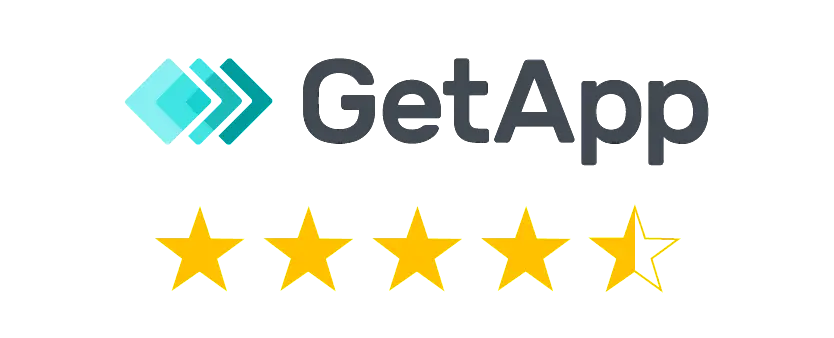Backlink checker
- Increase power of your backlink profile
- Analyze competitor's backlinks and choose the best donors
- Find and get rid of low-quality backlinks
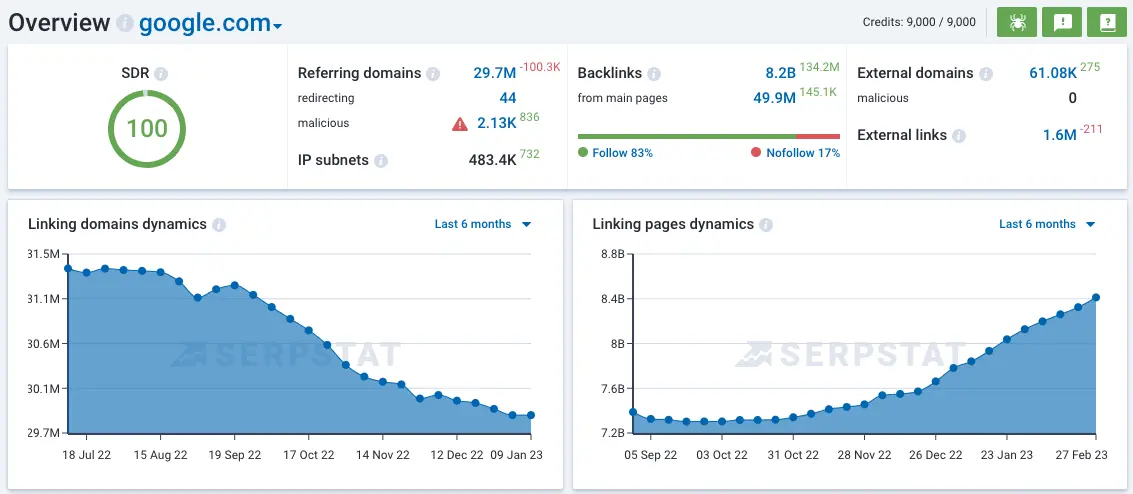
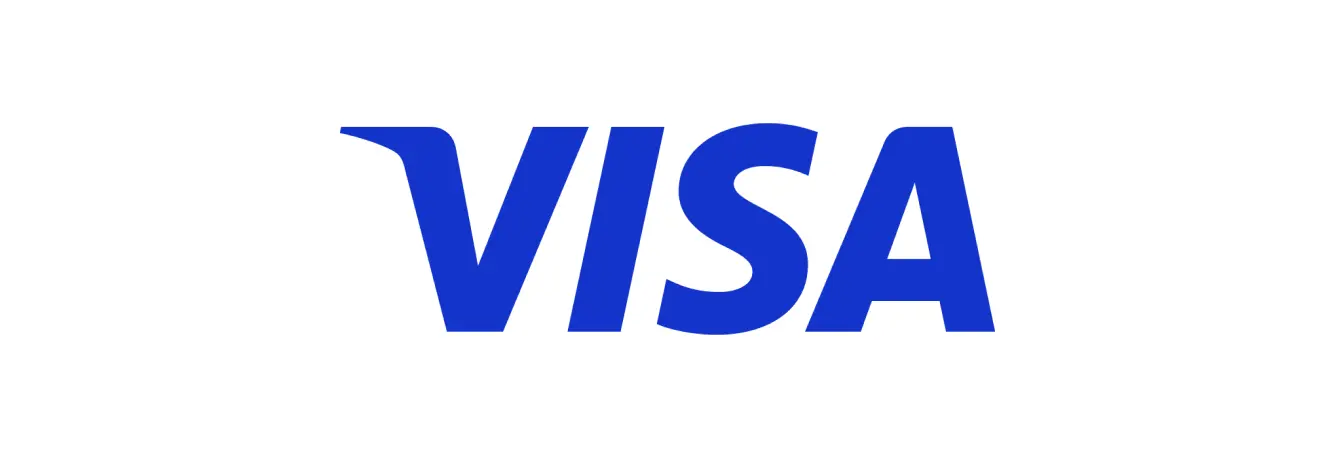
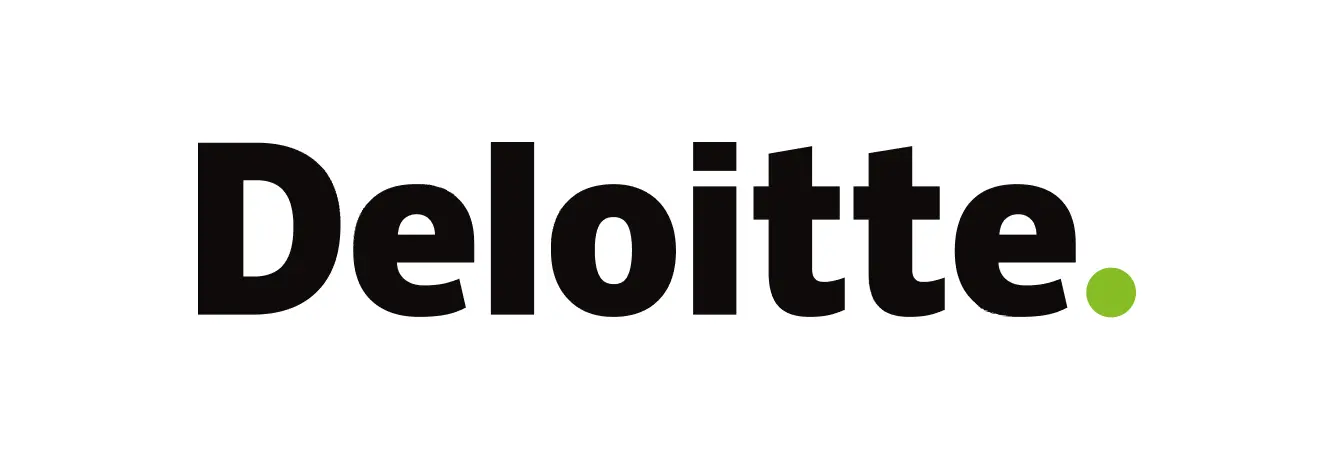
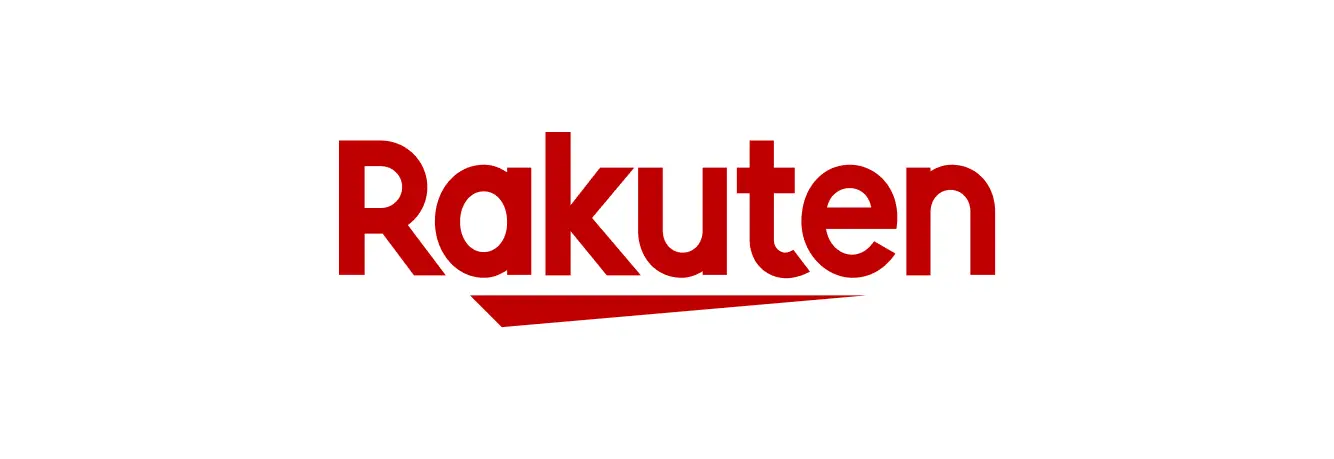
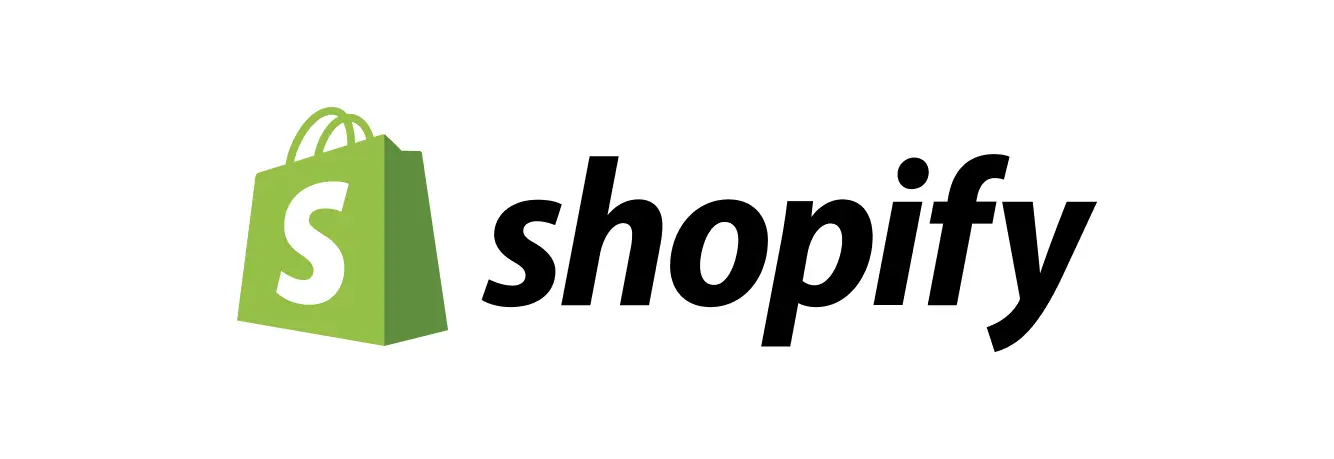
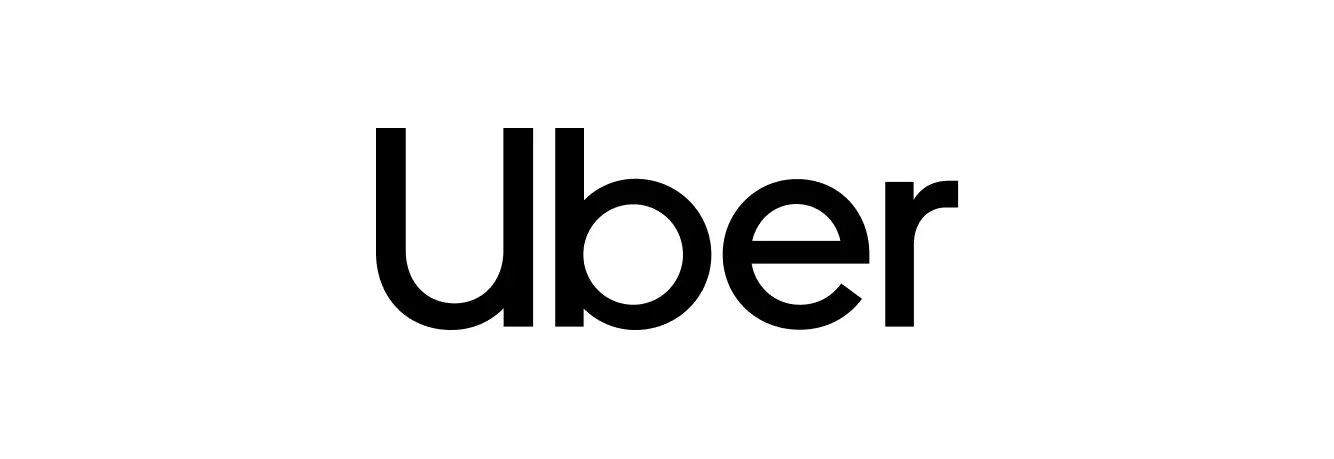
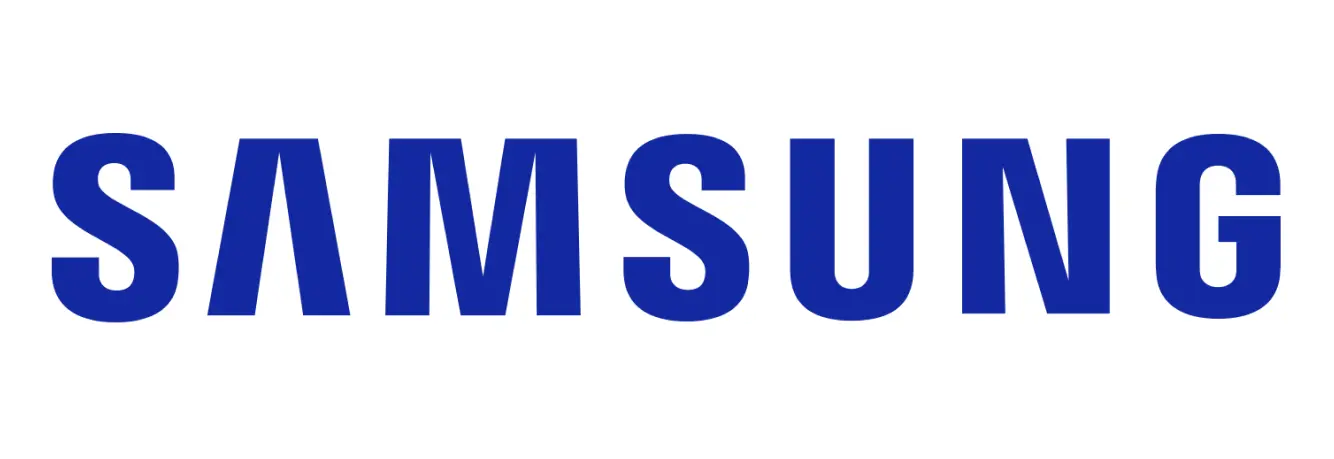
Backlink Checker Advantages
Check Backlinks of Competitors
Backlink checker provides full backlink profile of any site:
- Identify high-quality backlinks of direct competitors.
- Find out common and unique backlink donors for your and competitors' sites and analyze them.
- Get rid of low-quality backlinks that can lead to search engine penalties.
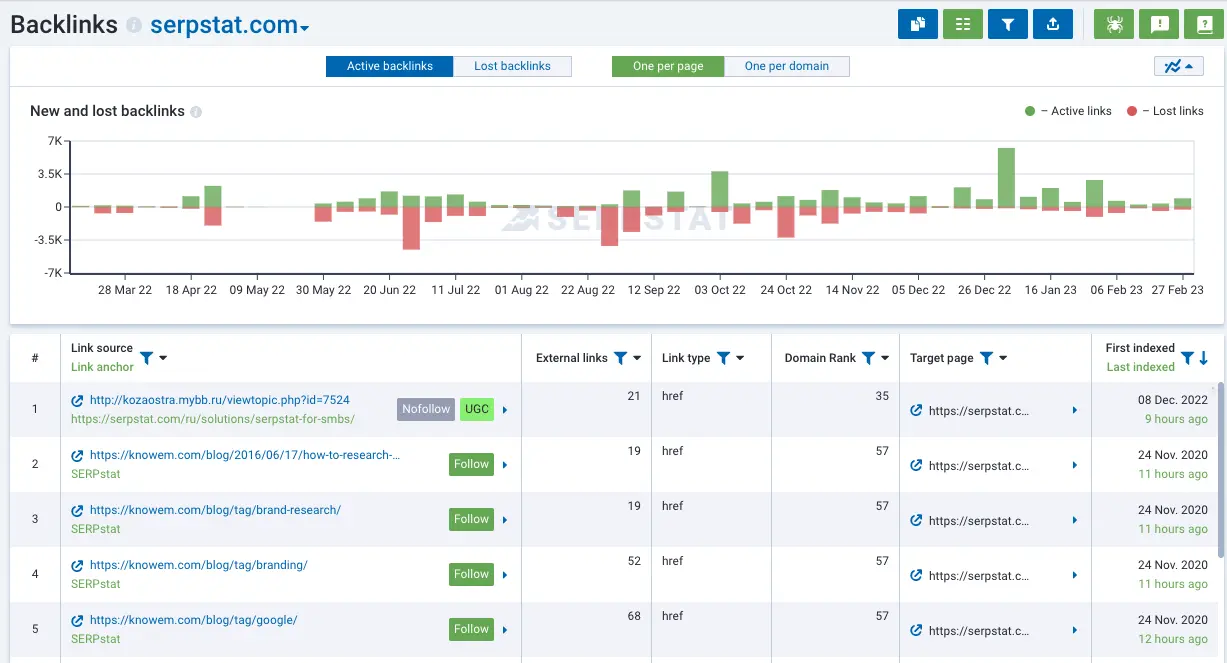
Evaluate Domain Ranks
Backlink analytics is a one-stop for you to:
- Check website backlinks and domain authority to get only high-quality links
- Plan your link-building strategy
- Analyze every backlink to your target page in the detailed reports
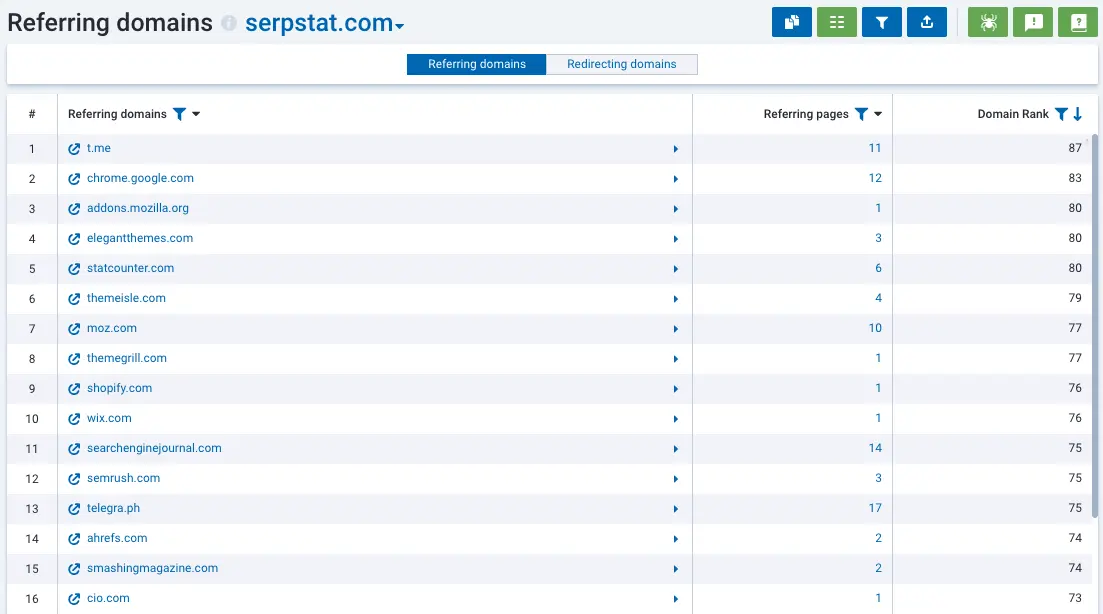
Check Backlink Anchors
Analyze all anchor texts from links that refer to your site, find the most popular and figure out which of them should be improved.
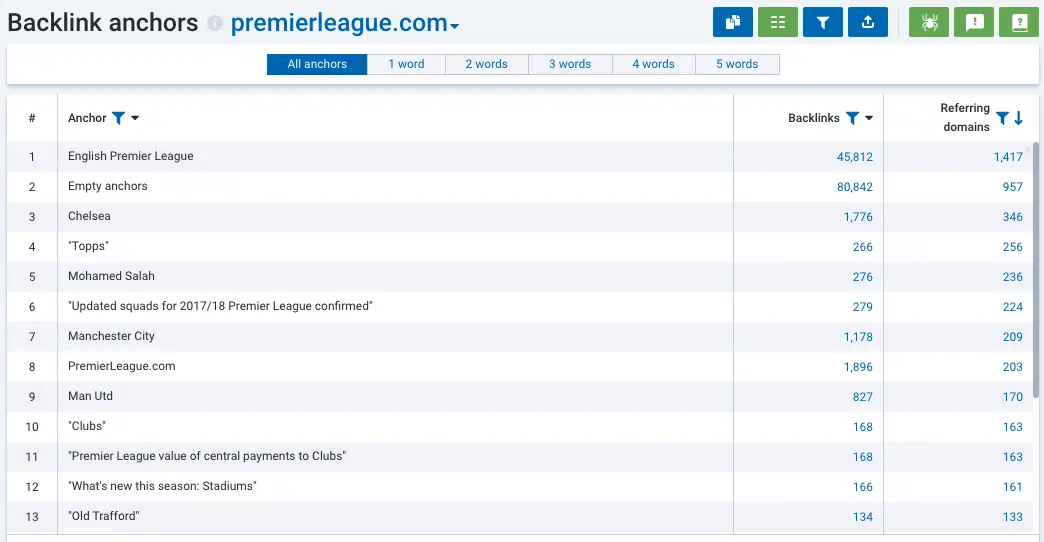
Find Unique Links of Competitors
Compare your domain with the closest competitors to find trusted link donors, or analyze three competitor domains to get their top link sources using Link Intersection tool
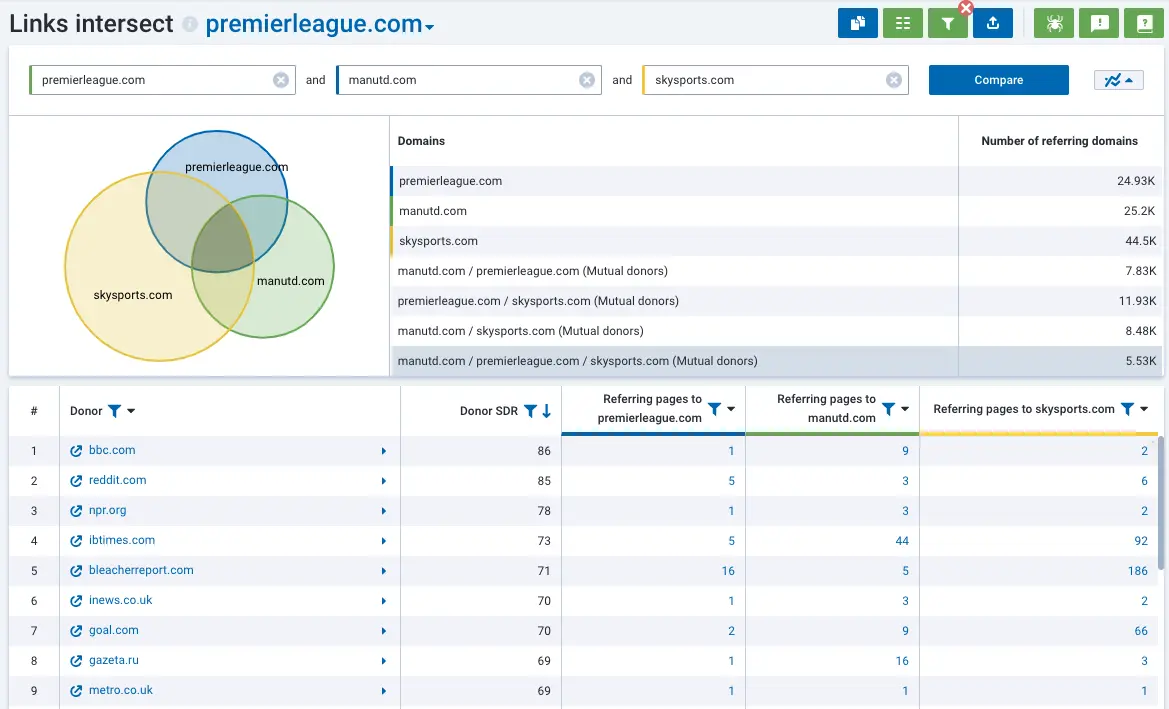
Compare Backlinks Data for List of Domains
Analyze potential link donors in a bulk, get the list of 18 different SEO metrics such as Domain Rank, number of backlinks, referring domains and IP-s, organic traffic, visibility, number of keywords, Keyword Difficulty. Our Backlinks Database is available for full or partial purchase.
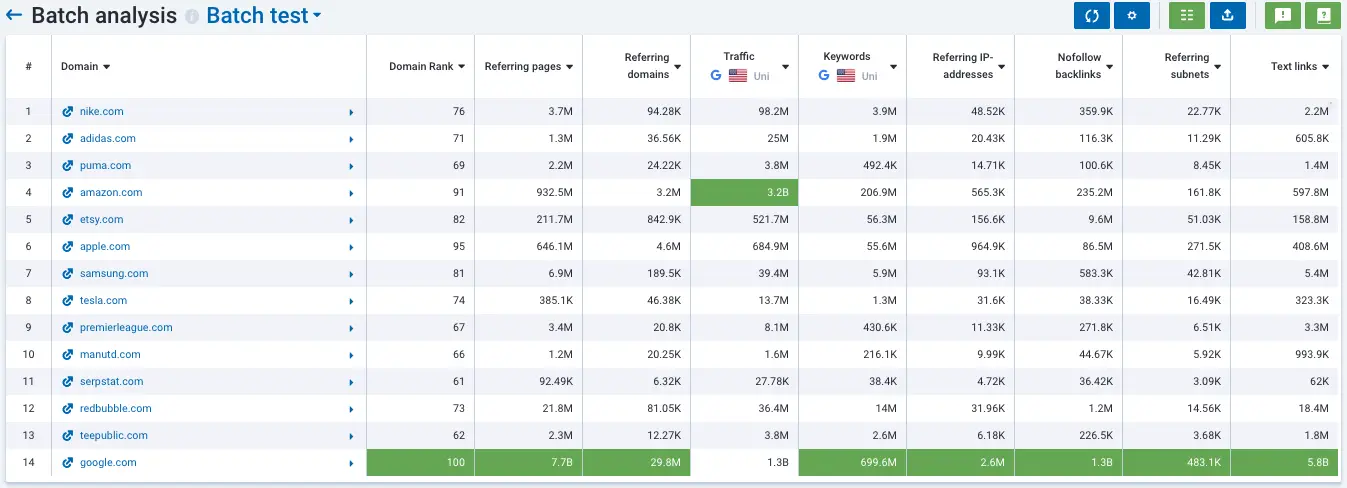
Backlink Tracker Tool
- Track backlinks to your website
- Check backlink status and indexing
- Get additional information about external and internal links of referring page
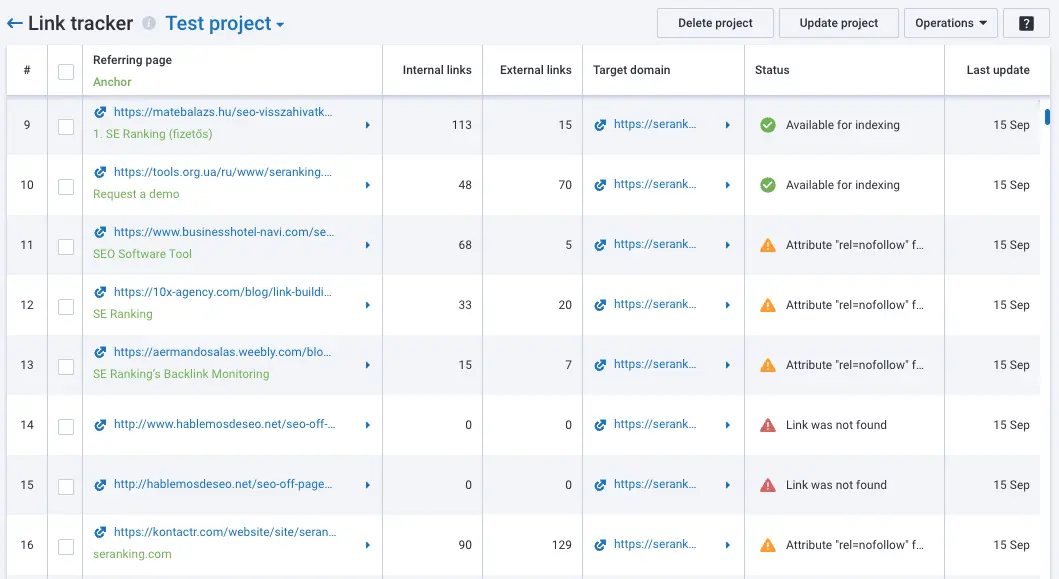
Try Backlink Checker along with over 50 marketing tools
Try all the features of paid plans during 7 days for free or use a Freemium access
Who needs Backlink Analysis Tools and why?
Backlink checker can be a useful tool for website owners, digital marketers, SEO specialists and link builders.
Using Backlink Analytics Tools, you can:
- find all the backlinks referring to your website and understand the quality and quantity of your backlinks
- identify websites that link to your competitors but not to your website and create a link building strategy
- track your website's backlink health and react quickly to any changes to avoid ranking issues
Backlink Checker FAQ
How to check backlinks?
Open SEO backlink checker, input the domain and start research. As a result, get the complete backlinks report to make an anchor texts plan, analyze link donors and create a competitive backlink profile.
What is backlink profile?
It is a group of different type links that are referring to your website and increasing page authority.
How to find backlinks for a website?
Take advantage of the Serpstat backlink search tools! Open Backlink analysis and add a competitive domain in the search area. Discover the Top Pages report, number of the referring domains, which of them have unique IP subnets and evaluate the domain authority.
What is a backlink checker?
Backlink checker is a set of tools which allows to: find trust rank of the domain, the number of referring and redirecting domains; detect toxic backlinks; check the referring domain zones and countries; submit up to 500 pages per day in Serpstat URL Recrawling Tool to update data of your link-building strategy.
How to check backlink quality?
Check the domain authority with Serpstat Domain Rank. It is calculated using on the number of sites linking to the analyzed one and the number of sites linking to these referring sites.
